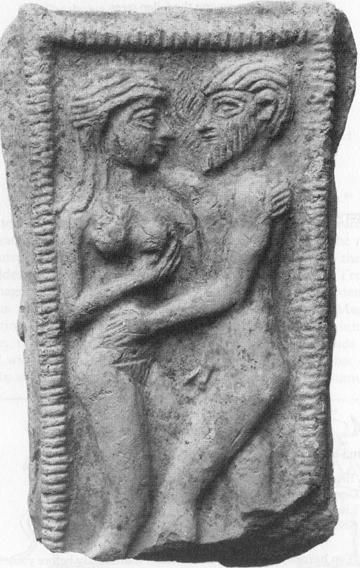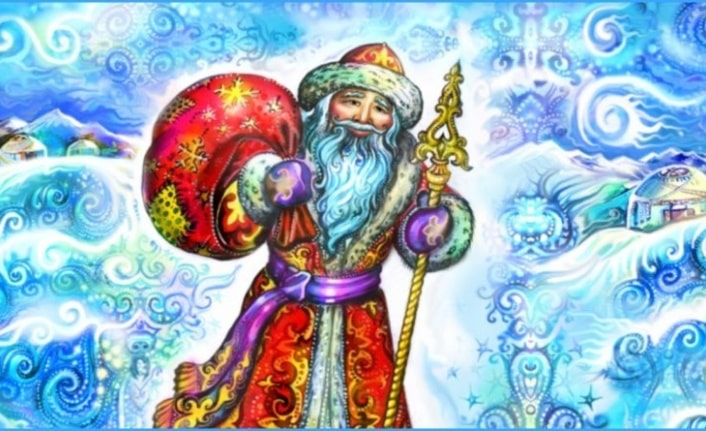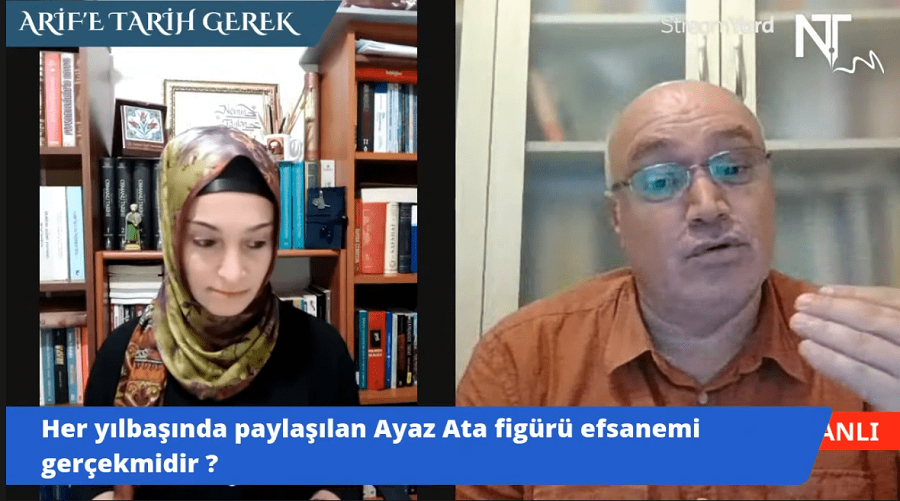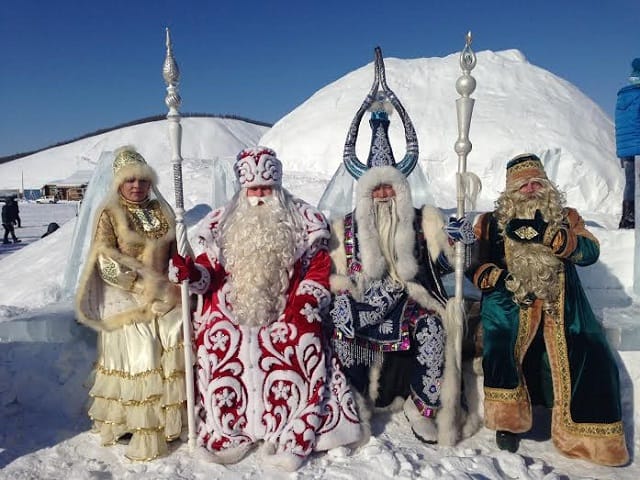The movements of the sun have formed a common point in ancient belief systems. The daily rising and setting of the sun, along with its annual seasonal movement, have shaped belief systems.
The sun has symbolized rebirth and beginning through its rise and death or conclusion through its setting for humans.
The sun has shaped the human consciousness through two cycles in a year.
In our current calendar, on December 21st, during the period when the night is longest and the day is shortest, the sun, appearing less in the world and seemingly engulfed by darkness, led people to believe that the sun had departed or was upset. To encourage its return and bring back abundance and prosperity, rituals were organized.
This mindset and practice are encountered in civilizations such as Mesopotamia, Anatolia, Egypt, Turkey, and many others.
The belief in the sun’s ability to revitalize nature, foster crop growth, contribute to the multiplication of animals, in essence, its perceived creative essence, led to its deification as the chief deity.

The gods mentioned in Sumerian mythology as Dumuzi, in Hittite mythology as the Vanishing God Telipinu, and in Greek mythology as Adonis were particularly associated with the sun, especially during equinoxes. The disappearance of these gods was linked to the earth plunging into darkness, and their reappearance symbolized the greening of nature, the revival of the earth, and an increase in happiness.
Nature spirits in the Turkish belief system
In ancient Turkish societies, Gök Tengri was seen as the god and it was believed that he was the creator, organizer and administrator of everything.
Although it seems that the foundations of monotheistic belief exist, the acceptance of the existence of ancestral spirits and nature spirits paganizes the single belief system.
The protective spirits of nature (Turkish iye) do not occupy a place as gods in the system; however, these guardian spirits (spirits of the earth, mountains, trees, water) were responsible for governing the workings of nature, ensuring fertility, warmth, cold, liveliness, abundance, and reproduction.
Unlike the Mesopotamian focus on the revival and submergence of nature with the influence of gods, such dynamics are not observed in Turkish beliefs.
The existence of the protective spirit Ayaz Ata in Turkish mythology
As mentioned earlier, in ancient Turkish belief, nature was not intervened by gods. Nature was under the influence of iye, the spirits of nature. The revival of nature, the intensification of fire, and the beginning of the multiplication of animals and plants were celebrated as a spring festival on different calendar days among the Turkish tribes spread across a wide geographical area.
The Hakas Turks celebrated Kün Pazı (Day Head) or Çıl Pazı (New Year) on June 22nd, while the Saha Turks observed the Isıah Bayramı in the months of June. Today, Nevruz, celebrated throughout much of the Turkic world, falls on March 21st.

The Nartugan Festival, celebrated only during the winter solstice (beginning on December 25th and lasting for about a week), is observed among the Keräşen, Mişär, and Çeptsa Tatar peoples.
When we look at the timeframe of the Nartugan Festival, it coincides with the period when the Sun begins its ascent from its lowest point, marking the start of lengthening days. This time aligns with the period when Dumuzi rises from underground to the earth’s surface. The Sun starts to intensify its influence during this period, signifying the beginning of increased daylight and growth.
This event is known as Christmas in the Christian world and celebrates the birth of Jesus.

The character synonymous with Christmas, Santa Claus, is known by almost everyone. Depicted as a jolly old man with a white beard riding a sleigh pulled by reindeer to deliver gifts, Santa Claus is said to have originated from Scandinavian mythology.
Especially in Christian folklore, Santa Claus is a heralding figure, signaling the beginning of the sun’s ascent, the decrease of dark days, and the start of a new birth.
In recent years, a Turkish figure that has been equated to the Santa Claus figure has surfaced on social media. Named Ayaz Ata, this figure resembles Santa Claus, depicted as a benevolent guardian figure riding a sleigh with white hair and a white beard. However, this figure has not been heard of in Turkish mythology until now.
Was Ayaz Ata a forgotten or forgotten Turkish nature spirit?
Professor Dr. Ahmet Taşağıl, known for his studies on the Turkic world, stated that the existence of Ayaz Ata is not present in the Turkic world.
Prof. Dr. Ahmet Tasagil answered the question about Ayaz Ata, posed to him in the “Arif’ Tarih Gerek” program he participated in on YouTube, as follows.

Ahmet Taşağıl stated, “Ayaz Ata is neither a legend nor a reality. It’s simply fabricated. I consider this to be ideological. In ancient Turkic culture, there are no historical texts or epic narratives mentioning Ayaz Ata. It’s seen in Turkic communities in Russia that converted to Christianity. What’s the point of Turkifying Santa Claus? It’s a subject belonging to Anatolia, even having roots that trace back to the Phrygians…”
“He also mentioned that there is no Nardugan Festival, emphasizing that believing in things that do not exist does not benefit anyone. There is no Ayaz Ata or Nardugan.'”




